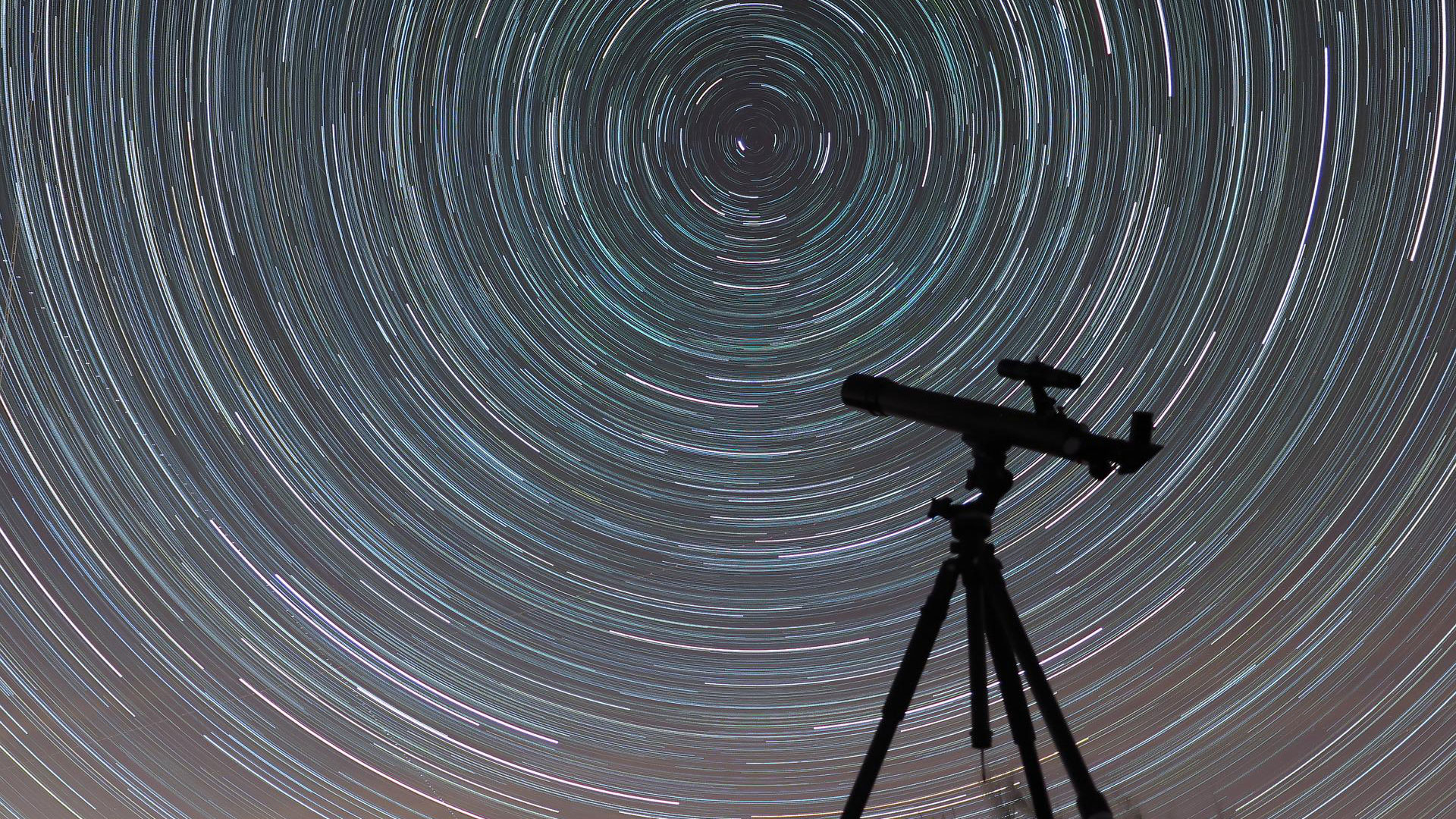What can you see with a 90mm telescope?
Will a small telescope like this let you see the Moon? What about planets, galaxies and nebulae? Here's what you can hope to see with a 90mm/3.5-inch telescope


Both affordable and portable, many of today's best telescopes for beginners are of the 90mm/3.5-inch type. With it you'll be able to see some of the night sky’s most beautiful celestial wonders.
However, before you go star-, planet- and moon-gazing it’s important to understand that the night sky is seasonal. So any list of the 'best' objects to see will take you many months to get through, simply because objects are only in the night sky for about six months (and in the daytime sky for the other six months).
We’ll assume you’re using eyepieces with about 120x magnification maximum, which is what you should stick to for the best results. And if you're not yet sorted for a scope, our guide to the best telescopes around has plenty of options for different ability levels.
What can you see with a 90mm telescope?
With good observing conditions and good timing you should be able to see 12th magnitude stars and objects in the deep sky with a 90mm telescope, including these incredible sights (though you should be able to at least glimpse everything in the Messier catalogue). Timings are given for the northern hemisphere:
- The Moon: easy to see mare (ancient lava plains) and craters on the lunar surface. Look for shadows on the ‘terminator’ line dividing bright from dark.
- Andromeda Galaxy (autumn): about 2.5 million light-years away and the closest large galaxy to our Milky Way.
- Cigar and Bode's Galaxy (most of the year, best from March-May): two galaxies about 12 million light-years away and visible near The Plough/Big Dipper.
- Jupiter: you’ll see its Great Red Spot – an Earth-sized ancient storm – and its four largest moons Ganymede, Callisto, Europa and Io. Brightest at opposition (September 2022, November 2023 and December 2024).
- The Great Cluster in Hercules (summer): A stunning concentration of 300,000 stars and also known as M13, this object is a globular cluster – a clump of ancient stars – 25,000 light-years distant.
- Saturn: you’ll see its rings and its large moon Titan, though it’s best and brightest when at opposition (August-September 2022, 2023 and 2024).
- Orion Nebula (winter): this gorgeous nebula is where stars are currently being born about 1,300 light-years distant.
- Dumbbell Nebula (summer): this ‘planetary nebula about 1,360 light-years distant is the remnant of a supernova explosion.
- Double Cluster (autumn): two dense clumps of stars called NGC 869 and NGC 884 about 7,500 light-years distant in the constellation of Perseus.
- Mars: when Mars is close to opposition (December 2022 and January 2025) you’ll see the red planet’s colour and even glimpse its ice-caps.
How to get the best views through a 90mm telescope
Are you looking directly at a dim, fuzzy galaxy or star cluster, but don’t see anything much? So look to the side of it. This weird-sounding technique is called ‘averted vision’ and it works because your peripheral vision is the most sensitive to brightness. So glance slightly to the left or right when observing faint objects, experimenting with what works best for your eyes. You’ll see a lot more!
Read more:
- How to choose your first telescope
- Everything you need to know about the different types of telescope
- 3 telescope setup mistakes everyone makes
Get all the latest news, reviews, deals and buying guides on gorgeous tech, home and active products from the T3 experts
Jamie is a freelance journalist, copywriter and author with 20 years' experience. He's written journalism for over 50 publications and websites and, when he's not writing, spending most of his time travelling – putting the latest travel tech through its paces.
